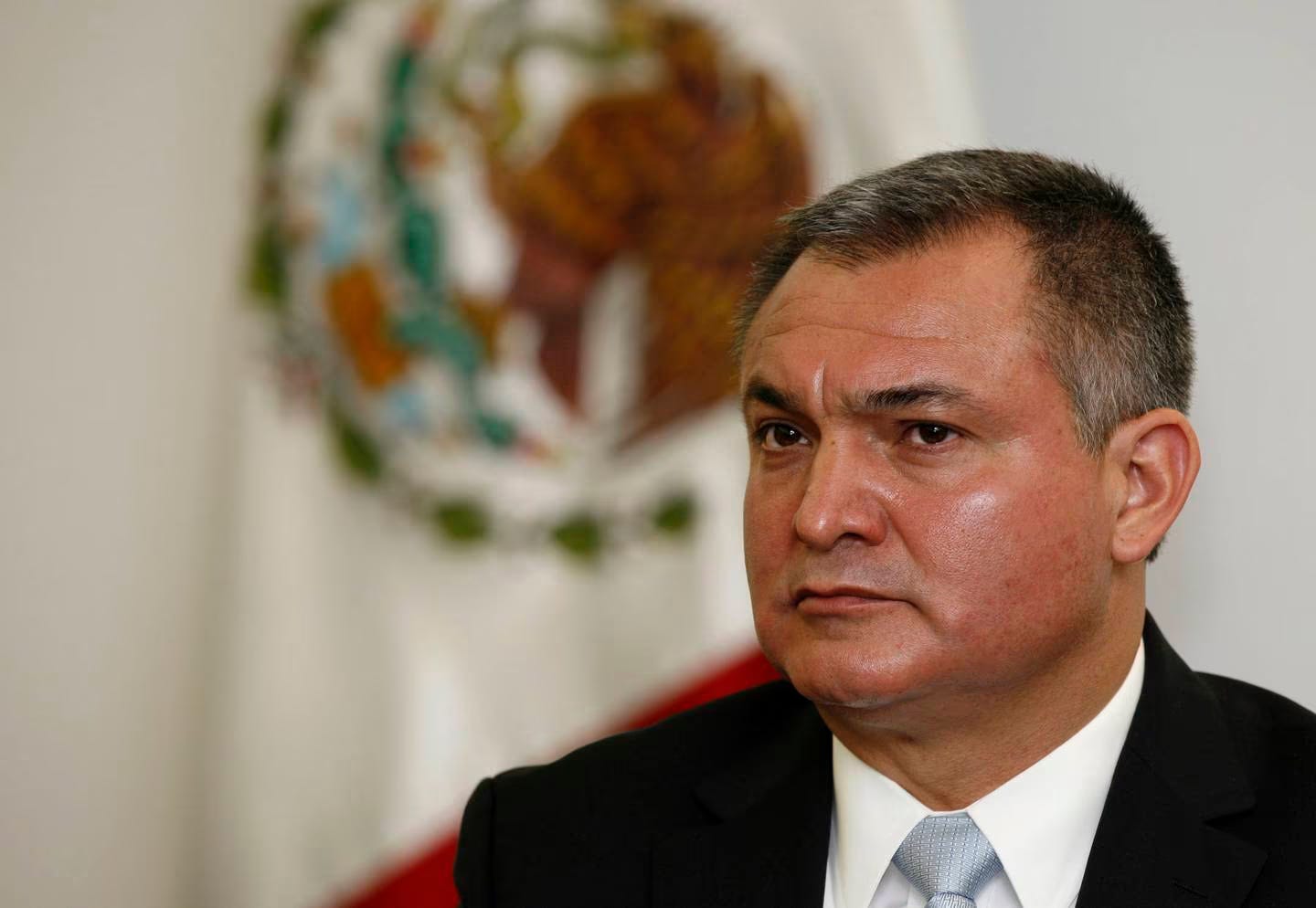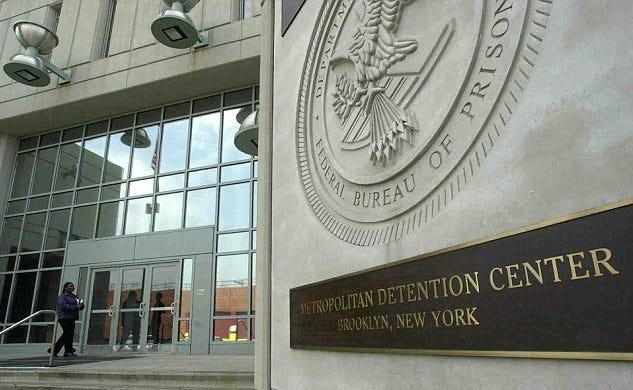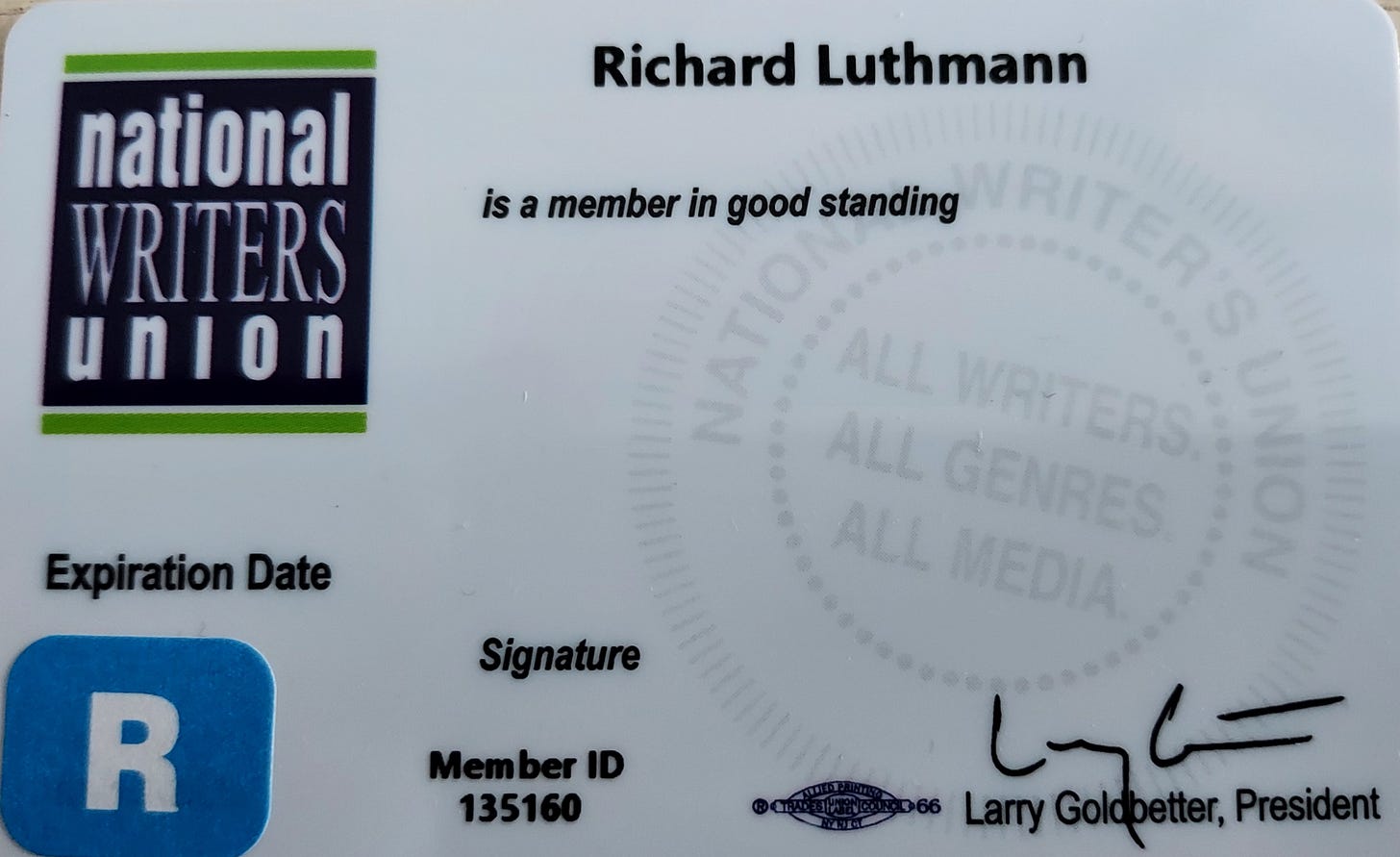Luthmann: Former Mexican Top Cop Genaro García Luna Faces Harsh Conditions During EDNY Bribery and Drug Trafficking Trial
Luthmann Appears on Milenio TV to Discuss the Former Secretary of Public Security's Trial In Brooklyn Federal Court
Richard Luthmann provided commentary on Milenio TV, one of Mexico’s most prominent media outlets, on the trial of former Mexican Secretary of Public Security Genaro García Luna. Jury selection began this past Tuesday in Brooklyn Federal Court. Luthmann described the harsh conditions Garcia Luna faces at his trial.

Prosecutors say Genaro García Luna took millions of dollars from Joaquín "El Chapo" Guzman's Sinaloa drug cartel, to allow the group to operate in Mexico.
García Luna, 54, served as public security chief during the administration of President Felipe Calderon between 2006 and 2012. Before that, he led the Federal Investigation Agency from 2001 to 2006.
The former security chief, arrested in 2019 in the US, has pleaded not guilty. Since his arrest, García Luna has been remanded to the custody of the Federal Bureau of Prisons (BOP) and is currently warehoused at the Brooklyn Metropolitan Detention Center (MDC) in Sunset Park.
Jury selection began on Tuesday in Brooklyn federal court before Magistrate Judge Peggy Kuo. The trial will be held before US District Court Judge Brian Cogan.
The Charges Against García Luna
Prosecutors allege the former head of the Mexican equivalent of the US Federal Bureau of Investigations accepted millions of dollars stuffed in briefcases and delivered by cartel members.
They say García Luna was involved in "the importation and the distribution of massive quantities of dangerous drugs" into the US.
The ex-minister - who is considered the architect of Mexico's war on drugs - is also accused of sharing information with the Sinaloa drug cartel about its rivals and warning it about law enforcement operations.
Allegations about García Luna's involvement with the Sinaloa cartel came to light during the trial of “El Chapo” Guzmán, who was convicted and sentenced to life in prison plus 30 years in 2019.
Former cartel member Jesus "Rey" Zambada testified during the trial that he had delivered millions of dollars in payments to García Luna.
García Luna called the testimony "lies, defamation, and perjury".
He faces anywhere from 10 years to life in prison if found guilty. The trial is expected to last several months.
Harsh Conditions Faced By Trial Defendants
Luthmann, a former attorney and former prisoner at the Brooklyn MDC, said García Luna faces extremely harsh conditions during the trial.
“The Brooklyn MDC is one of the worst prisons in America. It is a notoriously terrible prison to be in. You have no access to light or fresh air, no sunlight. It's just a hellish place. The conditions there are some of the most brutal conditions you'll face in American prisons,” Luthmann said.
Luthmann continued, “I was actually in the prison in 2019 in January and February when there were Sub-Zero temperatures, and there was no heat, hot water, or electricity in the prison. There's also a terrible situation with vermin - with rats and with roaches. It's not a fun place to be.”
Luthmann believes García Luna's chances at his upcoming trial are substantially diminished because of the daily conditions he faces at the Brooklyn MDC.
“It is just a very harsh place to be in, and it's almost impossible for someone who's fighting a case to have any type of fair trial coming from that prison,” Luthmann said.
Luthmann discussed the harsh prison-to-court protocol faced by García Luna every day just to reach Judge Brian Cogan’s courtroom.
Luthmann said this about García Luna’s prison
One of the hardest things that García Luna is going to face is his travel to and from Court every morning.
The court starts at nine o'clock in the morning, and they're doing jury selection right now. They have 190 people, I think, on the panel of jurors they are going to select from.
Magistrate Judge Peggy Kuo doing 60 persons a day in two panels, 30 in the morning, and another panel of 30 in the afternoon.
That's a long day, but it's a much longer day for García Luna because he has to wake up before five o'clock in the morning. He is woken up by the guards and told he has to get ready for court.
They do a five o'clock count of all the prisoners, and then after that they take him out of his cell and bring downstairs to the receiving and delivery area and strip search him.
After he is strip searched, he is brought into another holding pen where he is allowed to get dressed. Because he is going to court and because the judge excused him from wearing the the normal jumpers prisoners wear, García Luna gets to put on a suit he can wear to court.
Then he gets shackled up in chains and he waits around for several hours for the United States Marshals to come to the Brooklyn MDC because the United States Marshals transport all the prisoners from the prisons to the actual courthouses.
García Luna would be transferred about 7: 30 am and put on the prison bus and transported about four miles from the Brooklyn MDC to downtown Brooklyn where the Eastern District Courthouse is. There is a an entrance where they go into the garage under the courthouse, and the prisoners get placed into holding pens down there.
García Luna’s day has already been about four hours, at about 8:30 or 8:45 am, where he's now sitting in that in that holding pen. It is a harsh day. You receive maybe an apple for breakfast. It's nothing nothing substantial.
Then, they bring him upstairs. He has Judge Kuo right now, who is the Magistrate Judge, and then he has Judge Cogan for his actual trial.
They will bring García Luna up next to the courtroom, and there is a cell outside of view of of the courtroom where they will put him in. He will be able to speak to attorneys for a moment before they bring him in. Then, they will bring him into the the courtroom.
García Luna will not have any handcuffs on inside the courtroom, but he will have two members of United States Federal Courts Security Service, who will be on each of his shoulders just to make sure he doesn't make any sudden moves, and to keep safety in the courtroom.
He's in that courtroom for the morning session usually, and then and when the court takes a break or a recess, he goes back to the holding cell and sits there.
During lunch, maybe García Luna will be supplied with a bologna sandwich, an apple, and something to drink, but not not much more than that. The nutrition is very very poor. Many times, the Federal Courts Security Service does not allow his own attorneys to give him food. Unless the judge directs it, it is up to the U.S Marshals and the Federal Courts Security Service whether or not he can even be given a sandwich or a drink from his own attorney. A lot of the time, they do not even allow that.
Richard Luthmann, an investigative journalist, writer for the Frank Report (www.frankreport.com), and National Writers Union member, regularly writes and speaks on issues facing inmates and prisoners.
Luthmann has previously discussed the abusive conditions faced by NXIVM Leader Keith Raniere when he faced trial in the EDNY on sex trafficking and related charges. Explore those submissions here:









